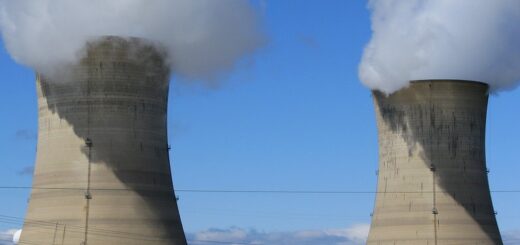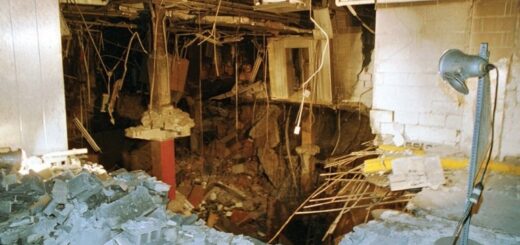The Dust Bowl – Environmental Disaster
The Dust Bowl was a severe environmental disaster that occurred in the United States during the 1930s, primarily affecting the Great Plains region. This ecological crisis was characterized by widespread soil erosion, dust storms, and agricultural devastation, leading to significant social and economic consequences. Here’s an overview of key aspects of the Dust Bowl:
Drought and Agricultural Practices
The Dust Bowl was triggered by a combination of prolonged drought and unsustainable agricultural practices. Farmers, encouraged by government policies and economic incentives, had engaged in extensive plowing and cultivation of the grasslands.
Ecological Conditions of the Great Plains
The Great Plains, particularly in states like Oklahoma, Texas, Kansas, Colorado, and New Mexico, experienced a semi-arid climate with periodic droughts. The removal of natural grasses and the introduction of deep plowing disrupted the delicate balance of the ecosystem.
Black Blizzards
The most visible and dramatic consequence of the Dust Bowl was the occurrence of massive dust storms known as “black blizzards.” These storms carried enormous amounts of topsoil, reducing visibility and causing respiratory problems.
Soil Erosion
The combination of drought, high winds, and poor land management practices led to extensive soil erosion. Without the natural grasses to anchor the soil, it became susceptible to wind erosion.
Impact on Agriculture
Crop yields plummeted due to the drought and soil erosion, leading to widespread crop failures. The economic impact on farmers was devastating, exacerbating the effects of the Great Depression.
Migration and Displacement
Many families, unable to sustain themselves in the affected areas, were forced to abandon their homes and migrate westward in search of better opportunities. This migration was a significant demographic shift in American history.
Government Response
The federal government responded to the crisis with initiatives such as the Soil Conservation Service, which promoted soil conservation and sustainable farming practices. The Civilian Conservation Corps (CCC) also played a role in land rehabilitation efforts.
Resettlement Programs
The federal government initiated resettlement programs to relocate affected families to more fertile regions. The Resettlement Administration (RA) and later the Farm Security Administration (FSA) were involved in these efforts.
Legacy and Environmental Awareness
The Dust Bowl had a lasting impact on environmental awareness and land management practices. Lessons learned from this disaster influenced subsequent conservation policies and the promotion of sustainable agriculture.
Literary and Artistic Representation
The Dust Bowl inspired a significant body of literature, music, and art. Works such as John Steinbeck’s “The Grapes of Wrath” and Woody Guthrie’s folk songs captured the human and environmental toll of the crisis.
Soil Conservation Practices
Following the Dust Bowl, there was a greater emphasis on soil conservation practices, including contour plowing, cover cropping, and the planting of windbreaks to prevent erosion.
The Dust Bowl serves as a cautionary tale about the consequences of unsustainable land use practices and the importance of environmental stewardship. It had far-reaching effects on both the environment and the people who lived through this challenging period in American history.









